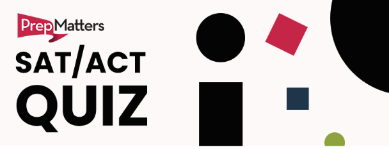Posted on: March 1, 2019
Among cognitive skills, creativity is sometimes looked down upon as being both frivolous and beyond our conscious control. On skeptical days, we can associate creativity with quixotic, abstract, and unpredictable art. Even if we value creativity deeply, we often believe such insights come from invisible muses, innate talent, or some particular kind of childhood.
Almost daily, though, we see that creativity is critical to problem solving and innovation in all fields, from calculus and coding to textiles and tax law. Again and again, I’ll see students judge themselves as less able to “see” a solution to a complex math problem, thinking that their brains are better suited to persuasive writing than to integration by parts. How our brains work to innovate is indifferent to the domains of humanities, analytics, and sciences. Far from being a whimsical diversion from learning, creativity draws upon and supports a core set of universal, critical skills. Said in a somewhat austere way, both creativity and rationality, at their cores, involve analytic and synthetic reasoning to identify and manipulate patterns and variation. The importance of creativity in learning is no joke.
While some creatives are convinced of their own specialness, countless writers, musicians, comedians, and directors underscore the practical craft of their creative labor. It shouldn’t surprise us that creativity comes from repeated and intentional practice: after all, that is how our brains learn anything. The games below are designed to exercise creative muscles so that we can better be open to how tools, ideas, and processes can be transferred from one domain to another. And, if nothing else, they may add a bit of fun to Sunday family drives.
Psychologist Karl Duncker defines functional fixedness as “a mental block against using an object in a new way that is required to solve a problem” — that is, essentially, an anti-creativity brake we use to save time and minimize uncertainty. To change our habits of fixedness, we can begin by describing objects without reference to their function (much like we defined objects without respect to their desirable qualities in our exploration of delayed gratification). Look around you for a relatively simple object, and then, without using any word to describe its use, write down its shape, color, size, and material composition using as much specific detail as possible. You may need to describe components of the object separately. For example, I might describe a pencil as a thin, 4-inch long, maroon-painted, graphite-filled wooden cylinder, pointed at one end and affixed to a caplet of pink rubber on the other end via a textured copper plate curved around and clamped to the rubber and wood.
Once we separate phenomena from their functional context — and notice details with care and attention — it becomes easier to see patterns among attributes. This is where the fun really starts. Contrasting like and unlike things is a cornerstone of rationality, which comes from the notion of comparing a ratio of two values. What’s more, it delights our brains. Print out a few copies of our creative learning PDF , and have the family play along.




